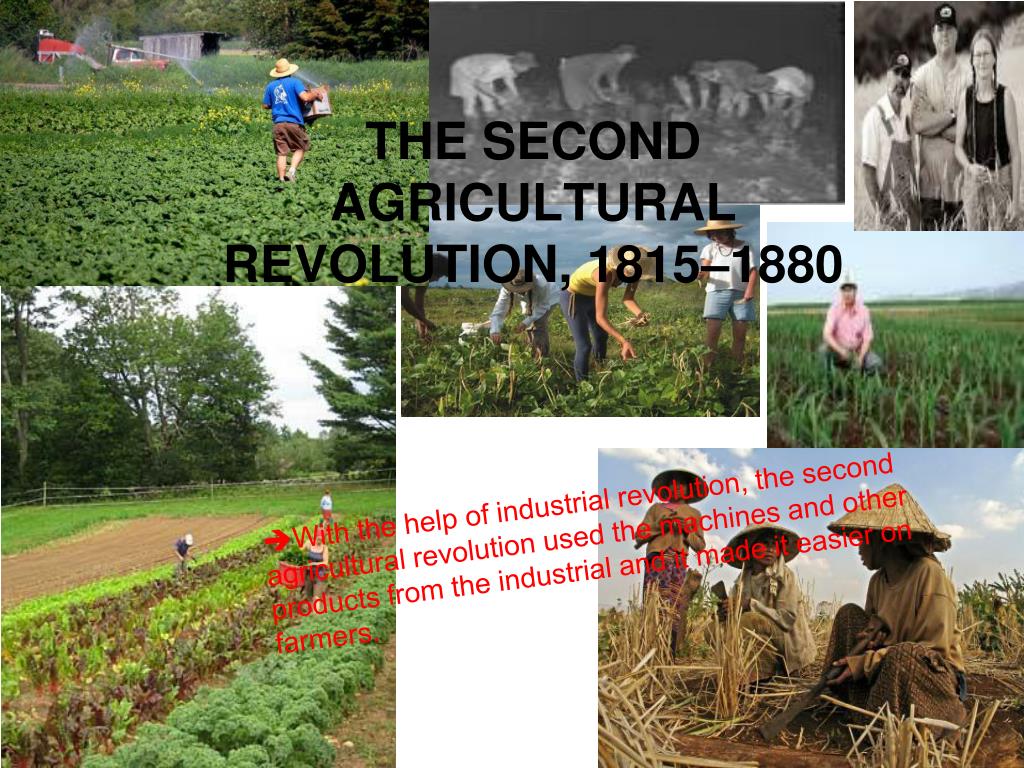Second Agricultural Revolution Definition. Tap card to see definition 👆. From there it spread to europe, north america, and around the world.

Tap card to see definition 👆. Started in 1815 and ended in 1880. The third agricultural revolution refers to a set of research and the development of technology transfer initiatives occurring during the flood that increased agricultural production worldwide.
Tap Card To See Definition 👆.
It involved the introduction of new crop rotation techniques and selective breeding of livestock, and led to a. The second agricultural revolution was the mechanisation of farming to make it faster and more efficient. Swiftly on the back of the agricultural revolution came the industrial revolution.
It Coincided With The Industrial Revolution.
The natural increase rate increases as food production becomes more stable. Tap card to see definition 👆. In 2027, the earth was on the brink of mass.
There Were Less Deaths And The Life Expectancy Became.
The second agricultural revolution improved the methods of cultivation, harvesting, and the storage of farm produce. Helped to improve food production to feed more than just the farmer and a village. From there it spread to europe, north america, and around the world.
First, The Introduction Of New Crops, Particularly Root Crops Such As Turnips And Swedes, Which Could Be Grown Between Grain Crops;
Whether, as some theorists suggest, this agricultural revolution was the result of necessity born out of a depletion of naturally occurring supplies of. The second agricultural revolution occurred from 1700 to 1900 this revolution occurred at the same time as the industrial revolution and this is why mechanization was a major role in this revolution. The growing of more food that was more prolific.
The Second Industrial Revolution, Also Known As The Technological Revolution, Was A Phase Of Rapid Scientific Discovery, Standardization, Mass Production, And Industrialization From The Late 19Th Century Into The Early 20Th Century.
Helped to improve food production to feed more than just the farmer and a village. | meaning, pronunciation, translations and examples New agricultural techniques, such as new crop rotation methods and selective livestock breeding were introduced which led to a great big.